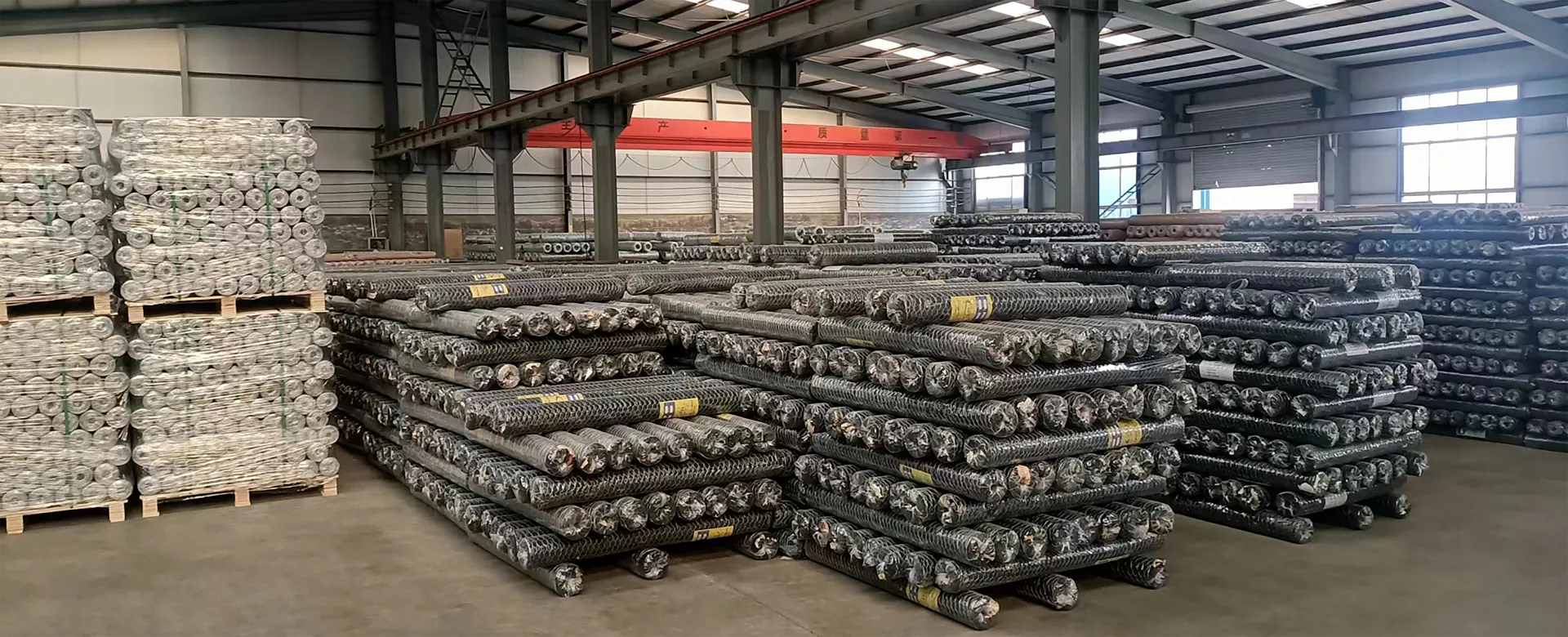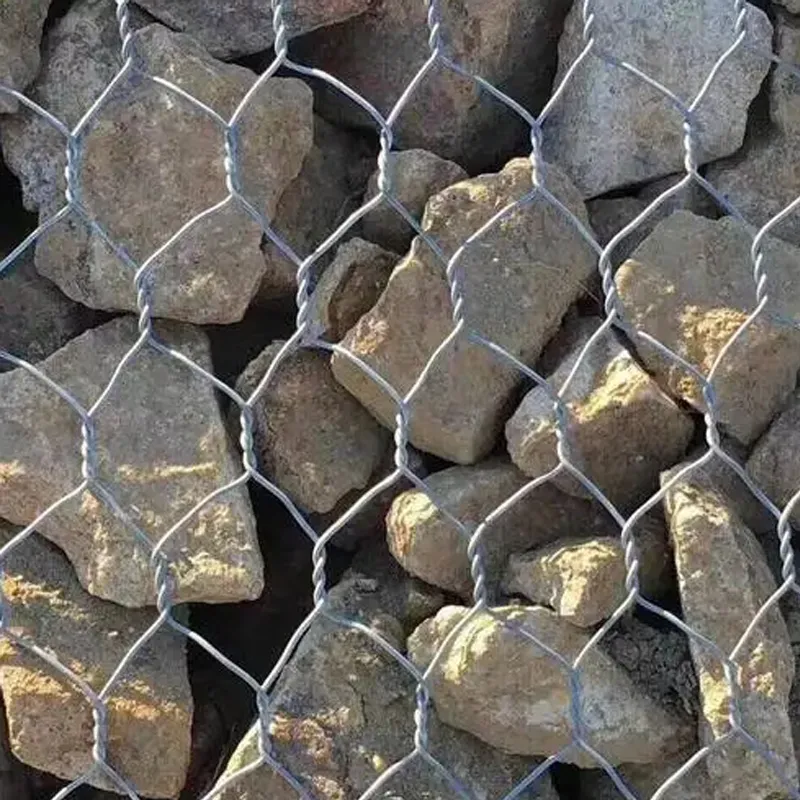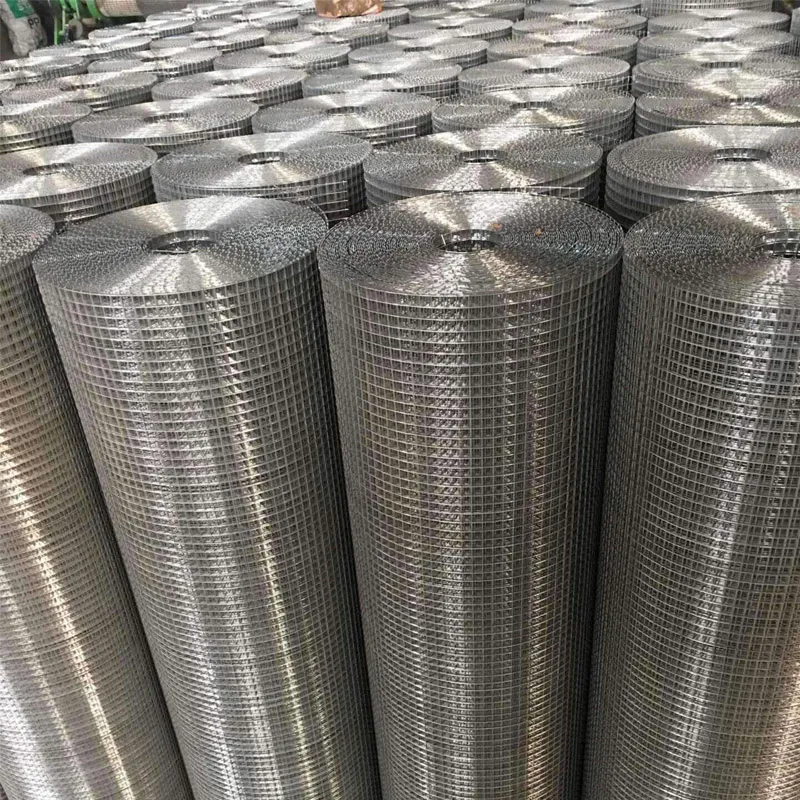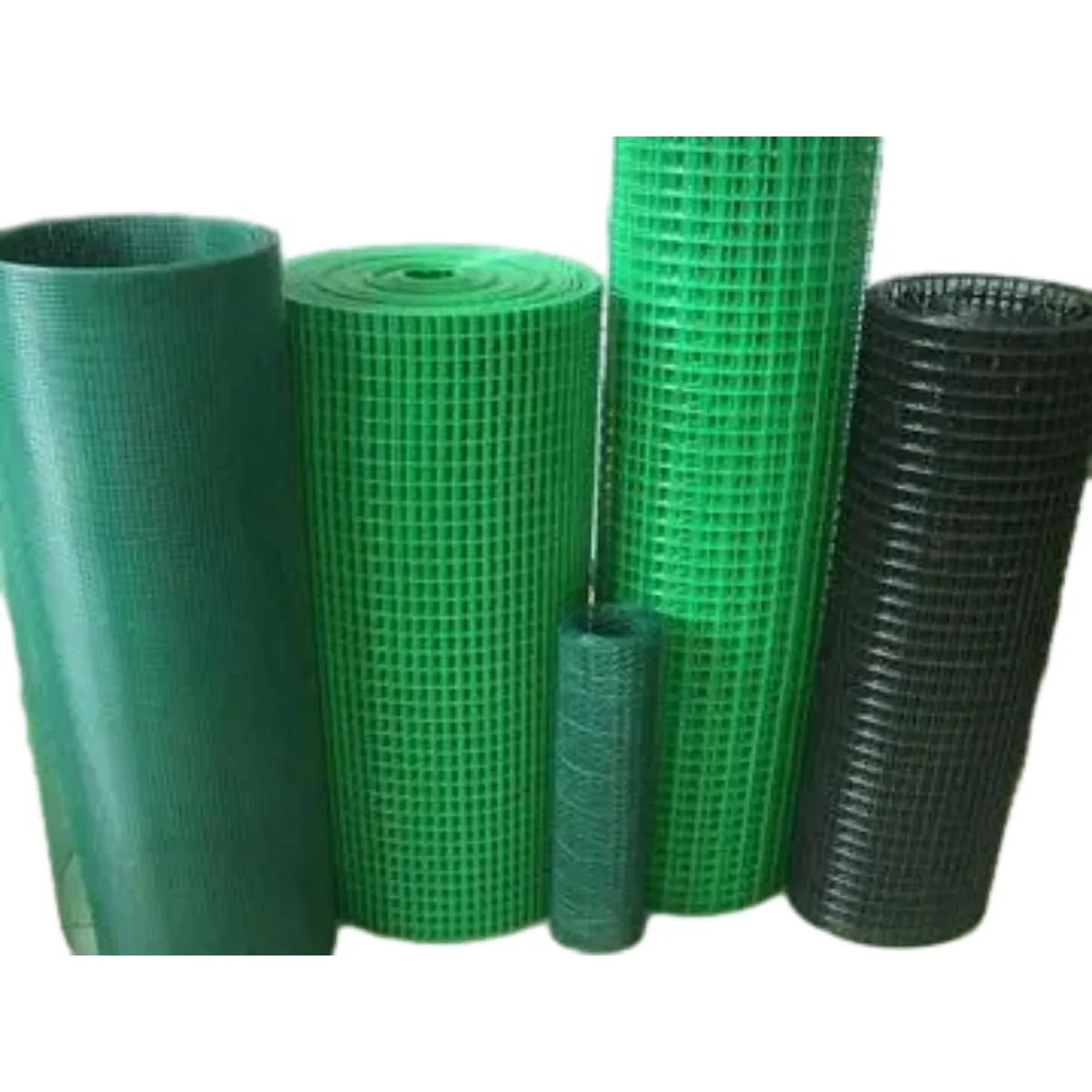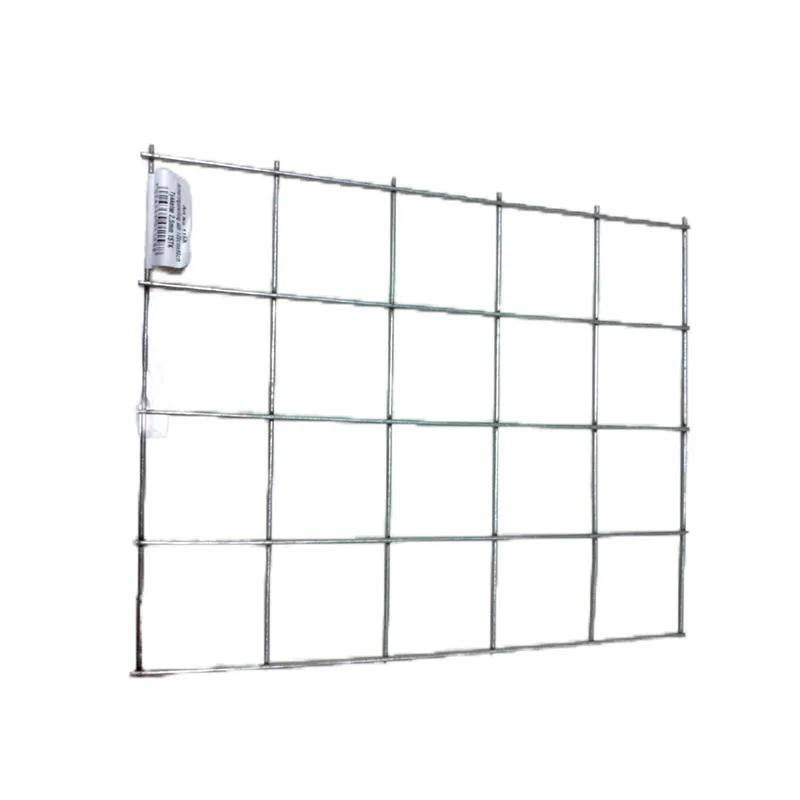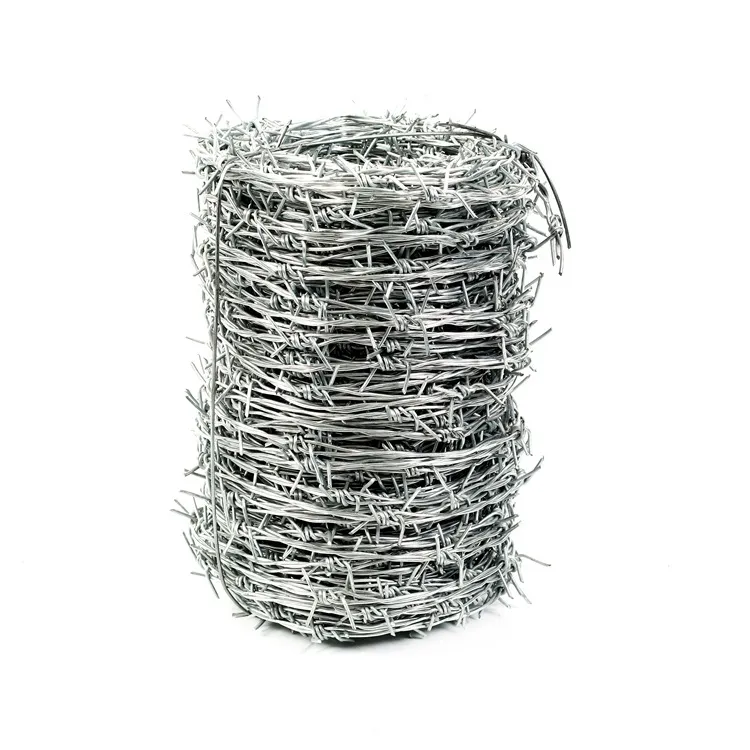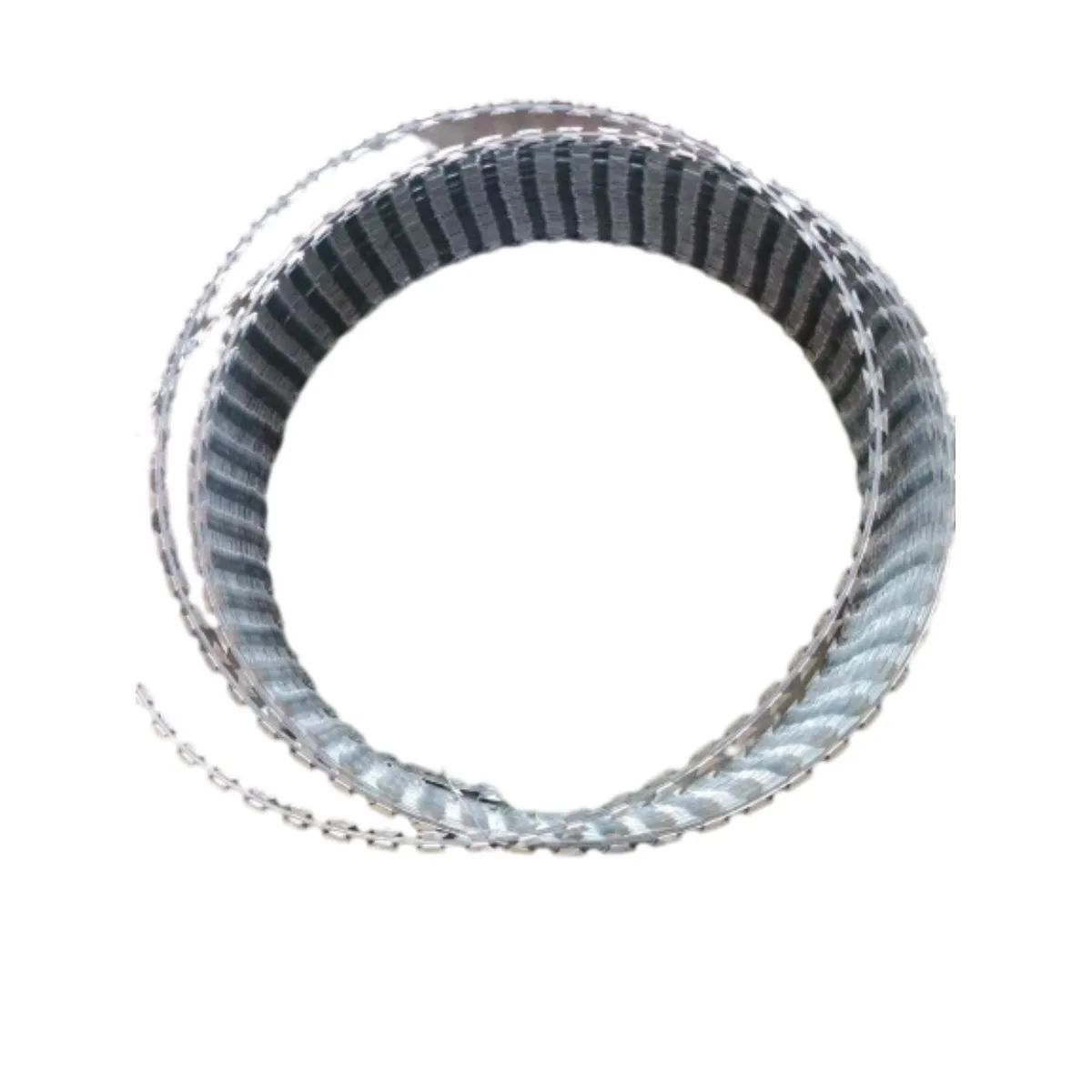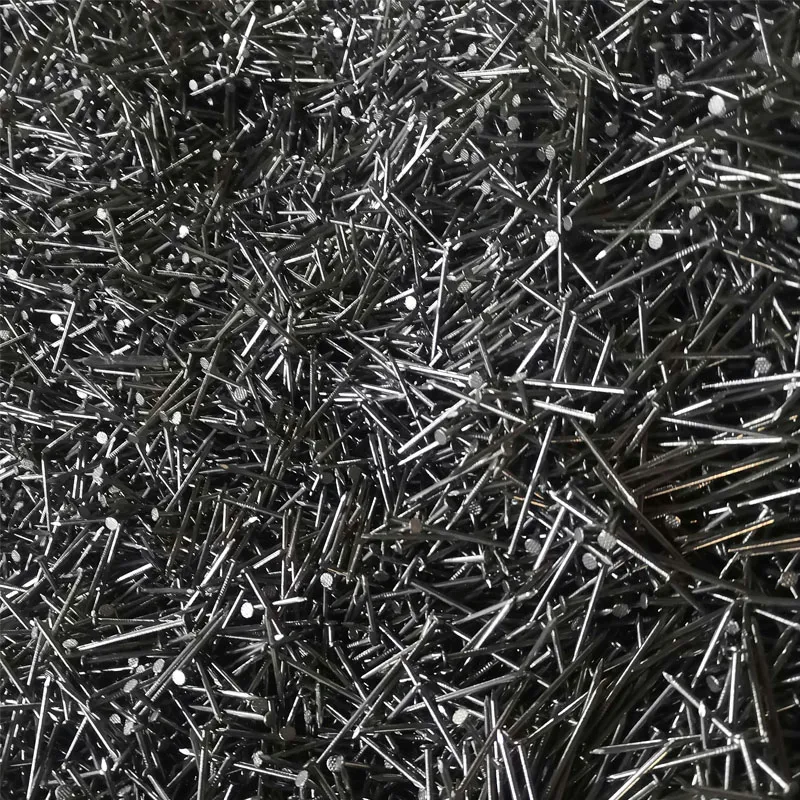Δεκ . 24, 2024 15:32 Back to list
Gabion Box Retaining Wall Solutions for Landscaping and Erosion Control
Gabion Box Retaining Walls A Durable and Eco-Friendly Solution
In the realm of civil engineering and landscaping, retaining walls play a crucial role in preventing soil erosion, managing water runoff, and creating level areas on sloped terrain. Among the various types of retaining walls, gabion box retaining walls have gained popularity due to their versatility, durability, and aesthetic appeal. This article explores what gabion box retaining walls are, their benefits, applications, and how to construct them.
What are Gabion Box Retaining Walls?
Gabions are wire mesh containers filled with rocks, stones, or sometimes concrete. These boxes can be stacked to form walls, and when filled, they assume a strong and stable structure. The word gabion is derived from the Italian word gabbione, meaning big cage. The primary charm of gabion walls lies in their ability to blend seamlessly with natural landscapes while providing robust support for soil and preventing erosion.
Benefits of Gabion Box Retaining Walls
1. Structural Integrity Gabion walls provide excellent stability. The weight of the stone-filled cages offers resistance against soil movement, making them effective in supporting steep slopes.
2. Drainage One of the critical features of gabion walls is their permeability. Unlike traditional concrete walls, gabions allow water to pass through, reducing the risk of hydrostatic pressure behind the wall. This drainage capability helps prevent water accumulation and soil destabilization.
3. Environmentally Friendly The materials used in gabion walls are often natural stones, making them a sustainable option. Furthermore, their porous nature promotes drainage, fostering a healthier ecosystem and reducing the likelihood of landscape erosion.
4. Cost-Effective Gabion walls can be a cost-effective alternative to traditional retaining walls. The materials required (stones and metal mesh) are generally less expensive than poured concrete or brick. Additionally, gabions are relatively easy to install, resulting in lower labor costs.
5. Aesthetic Versatility Gabion walls can be visually appealing. They accommodate a wide range of stone types, sizes, and colors, allowing for creative designs that can complement the surrounding landscape. Over time, they can even become overgrown with vegetation, enhancing their natural charm.
6. Low Maintenance Once constructed, gabion walls require minimal maintenance. As they are built from durable materials, they can withstand the elements without needing frequent repairs.
Applications of Gabion Box Retaining Walls
Gabion box retaining walls are versatile and can be used in various applications, including
- Road and Highway Construction Gabions can stabilize embankments, preventing soil erosion along roadways and ensuring safety for drivers and pedestrians.
gabion box retaining wall
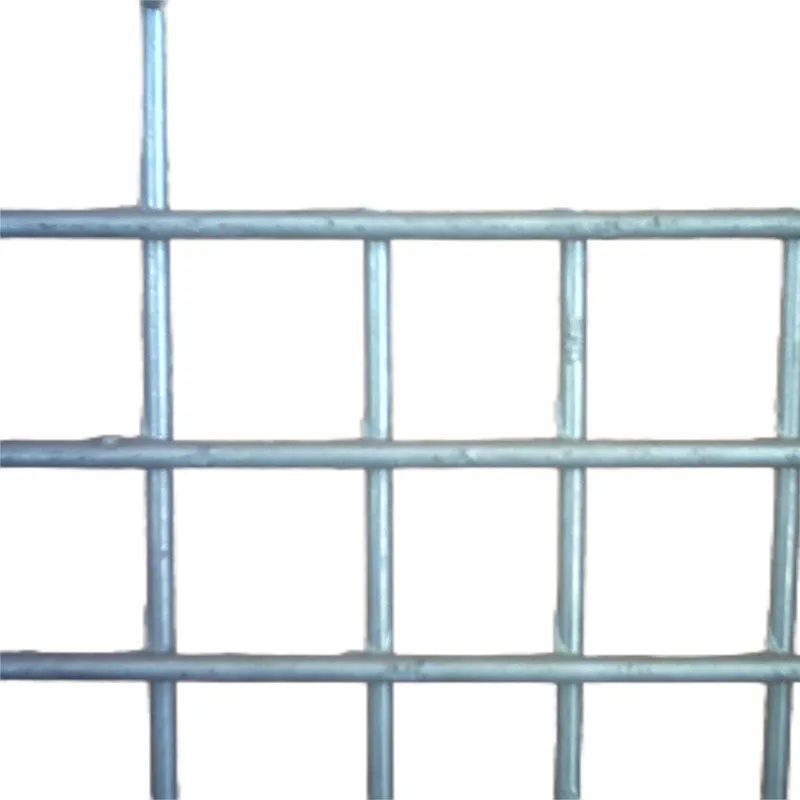
- Landscaping Homeowners and landscape designers utilize gabion walls as retaining walls for gardens, ponds, or terraces. Their natural appearance blends well with various landscaping styles.
- Riverbank Protection In areas prone to flooding, gabion walls are used to protect riverbanks and prevent erosion, maintaining the integrity of waterways
.- Terracing Gabion walls effectively create terraces in hilly or sloped areas, providing flat surfaces for agricultural or recreational use.
Constructing Gabion Box Retaining Walls
The construction of a gabion box retaining wall involves several steps
1. Site Preparation Clear the area where the wall will be constructed. This includes removing debris, vegetation, and topsoil.
2. Foundation Excavate a trench for the base of the wall. A solid foundation is crucial for stability.
3. Placement of Gabion Boxes Stack the gabion boxes against the prepared base. Ensure they are aligned and stable.
4. Filling with Stones Fill the gabion boxes with the selected stones. Compact the stones while filling to reduce voids.
5. Top Layer Optionally, a top layer of soil can be added to support vegetation, further enhancing the wall's natural appearance.
6. Finishing Touches Ensure the gabions are secure and well-filled. It is essential to check for proper drainage and stability.
Conclusion
Gabion box retaining walls represent an innovative, cost-effective, and environmentally friendly solution for managing soil and water. Their durability, low maintenance, and aesthetic versatility make them an excellent choice for both civil engineering projects and landscaping. As more people recognize the benefits of these walls, their use will likely continue to grow, contributing to sustainable land management practices.
-
Weather Resistance Properties of Quality Roofing Nails
NewsAug.01,2025
-
How Galvanised Iron Mesh Resists Corrosion in Harsh Environments
NewsAug.01,2025
-
Creative Landscaping Uses for PVC Coated Wire Mesh Panels
NewsAug.01,2025
-
Common Wire Nail Dimensions and Their Specific Applications
NewsAug.01,2025
-
Choosing the Right Welded Wire Sheets for Agricultural Fencing
NewsAug.01,2025
-
Anti - Climbing Features of Razor Wire Barriers
NewsAug.01,2025

